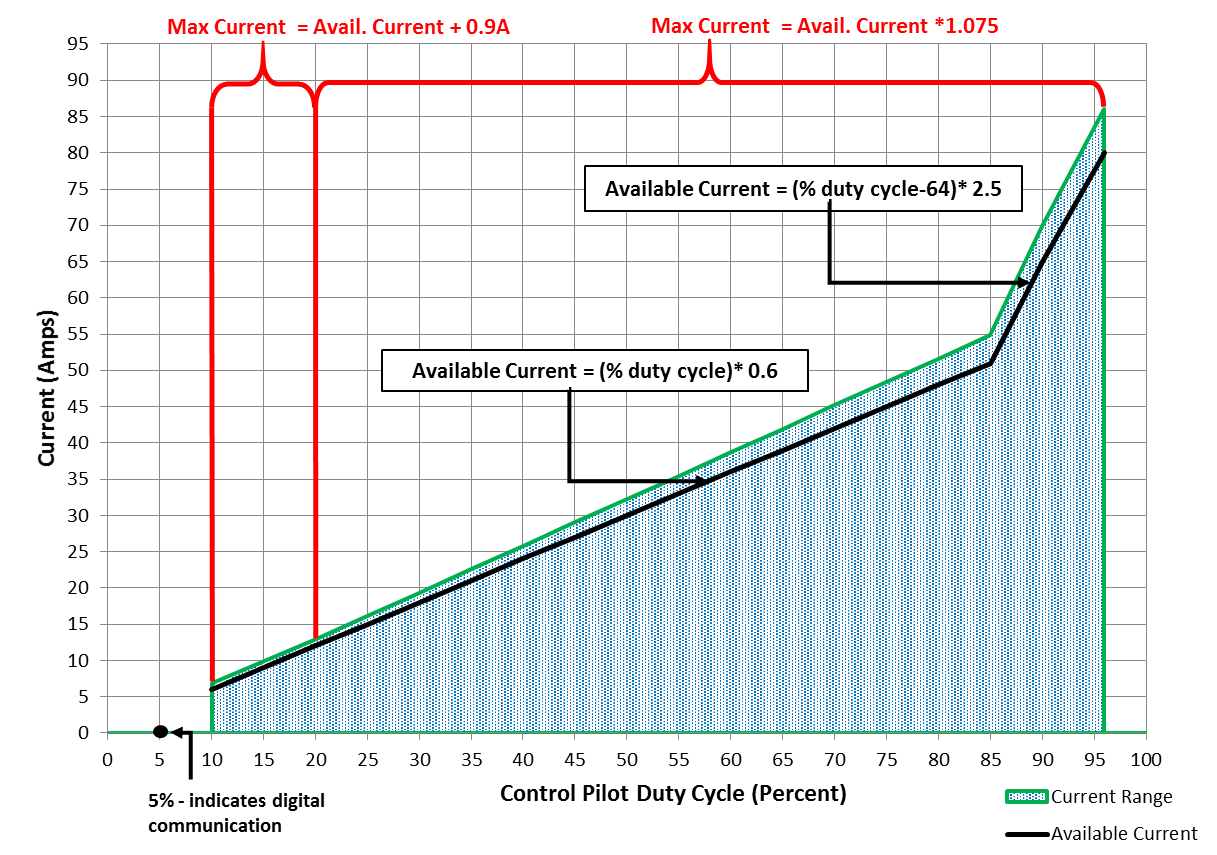thomash85715 said:
Here in USA, our 240 outlets are in fact two hot out of phase 120 legs that together make 240. But in EU and UK, are all the plugs inside the house for TV, refrigerator, clocks, etc single phase with one 240 hot and a neutral plus ground? A EVSE made for a EU mitsu or leaf: is it a level 1 from a single ended single phase 240? If so, bringing one here and plugging it into a two phase two hot USA type 240 plug would not be in its best interest maybe? phb10186 you offer an intriguing idea...but just wondering what the reality of such a thing would look like. Am I missing something here?
I will investigate the reverse engineer pages when I have time read them all. I did ask EVSEupgrade if any of their products or kits would make my 8A stock mitsu EVSE a paper-clip programmable 12A level 1 only (not level 2) and they said no.
That's what I assumed if your incoming mains power is 120v.
UK domestic power is 240V single phase, with neutral earthing - 3 wires: live 240, neutral and earth, in the normal way. The circuit I have the 240V L2 charger on is dedicated to the EVSE, and uses heavy duty armoured cable of 8mm2 cross sectional diameter - so it could theoretically charge 2 cars if needed. UK electrical regs stipulate earthing on every outlet, with each appliance, light or whatever having a replaceable fuse within the plug that plugs in to the outlet - even if the appliance has an internal fuse of its own, AND of course the fuse box has fuses on each circuit and RCD protection. The only thing this causes is that UK plugs that go in to the outlets are big, but they have large pins, and tend not to pull out of the outlets if the cable is yanked. In Europe, there are a few differences, but not many. Unquestionably, an EU car charger would work in the UK, but the plug end for the outlet would need swapping out , or an adapter used.
http://www.cyberphysics.co.uk/graphics/diagrams/3pinplug.gif
Unlike most other countries we use 'ring' circuits, where the last outlet rind back to the fuse box, as opposed to the 'spur' method where it doesnt - though this has no bearing on the appliances we use. We do use 120v in some applications, such as boats, RVs and commercial builders tools, where 120v where any water may be is deemed safer. From what I understand the presence of long transmission distances, hurricanes, tornados etc was the reason for 120v in the US. In the UK we have shorter transmission distances, not much extreme weather etc. However, in days gone by, some people did install a 120V ring in their kitchens to allow the use of American style fridges and other US import appliances, running 120v, but there would be little point in doing so now, as we have moved to European style kitchens and appliances.
Regulations would not permit more than 1 hot out phase. Commercial electrics are 3 phase at 240V - i.e. 3 incomming mains cables.
My orginal suggestion that doubling on two 120v circuits to make 240v as used for a L2 charging point in the US could also be used for a 240v leaf or mitsu cable, so long as the car would take it. Since the car can charge with a 240V L2 EVSE, I am suggesting that it would likely work, and would charge your car in 6.5 hours, without the need to install a dedicated EVSE.
When they came to install my EVSE on the side of my house, I got them to drill a hole in the bottom of it, and install another double outlet below it, on the same circuit. This way, I can use the supplied charging cable, or any other electrical appliances in that area, as there were no electrics there before. Since I have the EVSE ans 2 outlets, I may even be able to charge 3 cars with it. Though I anticipate over the comming years dual outlet EVSEs will become more common and less costly.














